A few days ago, my dear friend and fellow movie buff Benjamin Parks sent me a link for The 100 Greatest Films of All Time according to Sight & Sound, a well-respected magazine published by the British Film Institute.
Ozu Yasujiro’s Tokyo Story (1953) is ranked third, and Late Spring (1949) is 15th. To celebrate Ozu’s rigorous, deeply moving cinematic art, I’ve dug out a piece I wrote a few years ago about Tokyo as seen through the master’s lens.
Ah, for the record, I’ve seen 81 of those 100 films. Just saying.
Ozu Yasujiro’s films tend to impress the viewer with a distinctive mood. More than a particular place (e.g. French Nouvelle Vague’s Paris, John Ford’s Monument Valley) we remember the quintessential Japanese-style rooms where his quiet family dramas slowly unfold.
Ozu’s film locations changed through the years according to where he lived and the kind of stories he wanted to tell. Many of his better-known films, which focus on middle-class families, were made in the 1940s and ‘50s after he moved with his mother and brother to Takanawa, an upscale area in western Tokyo. On the other hand, some of his later works take place in Kamakura, a small town south of Tokyo, where he moved in 1952. However, for many years he lived in Fukagawa – a working-class district in east Tokyo where he was born in 1903 and spent most of his youth – and some of his best early movies reflect those surroundings.
Most people know Tokyo through its more glamorous and eye-catching spots, like Shibuya, Ginza and Akihabara. In comparison, the eastern districts across the Sumida River look and feel like a different world.
Even for many Tokyoites, Koto Ward, where Fukagawa is, represents a place that in many respects has disappeared: the old city with its humble traditions and unrefined appetites.
If you want to have a taste of Ozu’s Fukagawa you can start with a couple of his best silent films. Dekigokoro (Passing Fancy, 1933) and Tokyo no yado (An Inn in Tokyo, 1935 are part of the so-called “Kihachi trilogy” which chronicles the misadventure of this typical Edokko (true Tokyoite) as he tries to make ends meet.
While Ozu’s earlier films were Hollywood-inspired light comedies about youth and college, Dekigokoro shows a new interest in the grittier side of life, probably because Ozu’s financial situation, like his penniless protagonist, was not very good at that time. The Tokyo we see in this story is a typical shitamachi (working-class district).
Since the 17th century, rice, oil, sake and salt merchants had begun to build their warehouses in the eastern part of the city where they had easy access to the sea. The most precious product of all, though, was wood, and all the timber merchants had their wharves and warehouses in an area called Kiba (Place of Wood).
Today Kiba has lost its working-class atmosphere and has become a big residential area, the only apparent remainder of the old times being Tsuru-no-hashi, a wooden bridge built in the traditional style. Yet even now a stroll through Fukagawa reveals a few small workshops with their backyards full of long wooden planks. As for the timber-related businesses, they have moved further south to Shin Kiba (New Place of Wood) – a district that in Ozu’s time didn’t even exist. In fact the south-eastern areas which today face the sea used to be just a bunch of islets. It is not an exaggeration to say that most of Fukagawa’s foundations are made of garbage – the preferred material used by the local government to reclaim the many swamps and tidal flats in the area as well as build the artificial islands in Tokyo Bay.
The following video was shot in 1947. The last sequence, starting at 4’58”, shows a neighborhood that roughly resembles pre-war Fukagawa, minus the car traffic.
Fukagawa was chosen as one of Tokyo's first industrial zones. The country's first Western shipyard, cement works, sugar refineries and chemical fertilizer plants were opened here (Ozu himself was the son of a fertilizer wholesaler). Both in Dekigokoro and Tokyo no yado as well as in the post-war film Kaze no naka no mendori (A Hen in the Wind, 1948) gas tanks and chimneys feature prominently in the suburban landscape
Check out the following scene.
For many years all this activity was a blessing but it ultimately led to Fukagawa’s greatest tragedy. During the night between 9 and 10 March 1945 over 300 American B-29s dropped 700,000 bombs on Tokyo’s heavily populated shitamachi where most of the factories were concentrated. The air raid obliterated 40% of Tokyo. The morning after, the whole of Koto Ward had turned into a flat wasteland. Nothing was left of Fukagawa except a few brick-built buildings.
In Dekigokoro, Kihachi works in a brewery – though he spends most of the time idling around and running after young girls. In this and other Ozu’s films of the early ’30s one can already see the utility poles that even today “adorn” most streets in Tokyo and other Japanese cities. Today, Fukagawa’s streets are so quiet that if you go on an afternoon stroll you are going to see very few people outside. But in Dekigokoro and other movies of the same period life happens outdoors: Children play in the street and women chat with their neighbors while doing their chores, everybody squatting down in the typical Asian way.
Dekigokoro’s generally light touch is replaced by a heavier mood in Tokyo no yado. This time, Kihachi’s character is a widower with two small boys who desperately wanders from one factory to the next in search of a job. The bleak desert-like scenery through which father and children slowly walk offers a weird contrast between the factories, the lone dirt road, and the grass growing all around them. The actual location is Minami Sunamachi which is closer to Koto Ward’s eastern border and at the time felt more like the countryside than a real suburban cityscape. Today even this part of Tokyo has become a quiet residential neighborhood.
Fukagawa has recently opened a memorial center to celebrate Ozu’s life and work. The place stands only a few meters away from Ozu Bridge – a nice coincidence though the bridge’s name refers to a different Ozu family.
Bridges and waterways are for many reasons a very important feature of the area as water has played, for better or for worse, a fundamental role in Fukagawa’s history.
Canals were built for several purposes. One of them, the Onagi Canal, was built at the beginning of the 17th century and connected Chiba prefecture in the east and central Tokyo in order to provide the city with salt. Unfortunately, besides Tokyo’s usual problems (earthquakes, fires) that periodically destroyed a good part of the city, the districts east of the Sumida River suffered periodical floods. Most of them, though, were a mere nuisance. Much more dangerous was the deadly combination of typhoons or earthquakes and tsunamis. The one that hit Fukagawa in 1854 killed over ten thousand people. Nowadays, the banks of the Fukagawa’s waterways have been reinforced and the chances of floods have been substantially reduced.
A happier connection between Koto Ward and water is its famous fish-based cuisine. The most popular dish was kabayaki (grilled eel), cooked, of course, the Edo way, oily and salty, and drenched in soy sauce.
Another delicacy of the time was loach, a humble fish that today is only served in a couple of places in Tokyo, one of which – Iseki – is still located in Fukagawa.
In Dekigokoro, instead, we see Kihachi discuss some matters of the heart with his friend while eating sushi. This dish became popular at the end of the 16th century and one of Tokyo’s (then called Edo) best sushi restaurants was located in Fukagawa. It was called Kashiwaya and served mazezushi (mixed sushi) and hayazuke or sushi prepared one day before being served - something that today's gourmets would consider a sacrilege.
Some of the eateries and teahouses in the area were places where, according to the 1818 Illustrated Gazetteer of Famous Places in Edo, "the sound of singing to the accompaniment of the samisen never ceases." Even more than for the food, these places were popular for the charm and musical skill of their girls. The higher-ranked ones called themselves geisha but were in fact prostitutes. Even Kihachi can be seen drowning his sorrows in drink while a young woman with a samisen keeps his company. Fukagawa was in fact one of the most popular districts where men could seek the pleasures of the flesh in one of its seven unlicensed quarters. Now even these places are only a memory of the past, but we can still savor some of the old atmosphere. We only need to step beyond Eitai Street's incessant traffic and explore its many backstreets to find the same tiny shops selling senbei (rice crackers), manju (bean-filled buns) and tsukudani (little fish marinated in soy sauce).
So this is it for today. I hope you enjoyed our little time travel.
Unfortunately I couldn’t find a copy of Tokyo Story with English subtitles, but you can still watch Late Spring.
I know that some people are allergic to watching old black-and-white films, but this is a rare masterpiece. I quote from Sight & Sound: “Ozu Yasujiro’s exploration of the relationship between a widower and his unmarried adult daughter is often described as the perfect distillation of his style.”
Again, Ryu Chishu and Hara Setsuko regale us with a moving, understated performance.
As Joseph Fahim wrote, “The transience of time, the inevitability of separation and the pain of loss inform Ozu’s most compassionate, most disarmingly tender picture.”

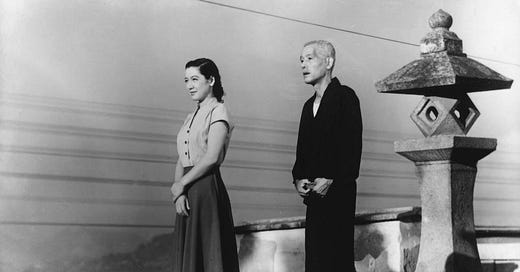




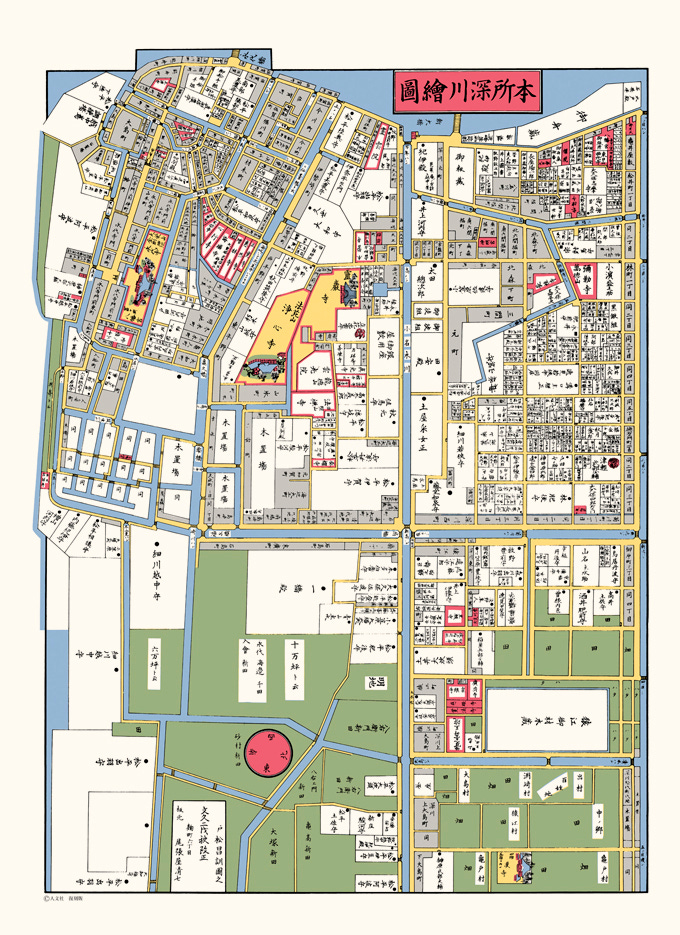
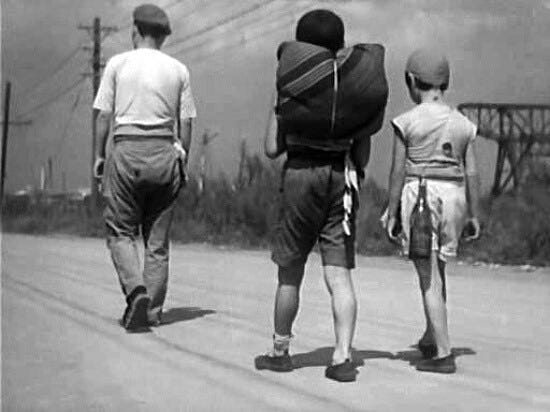

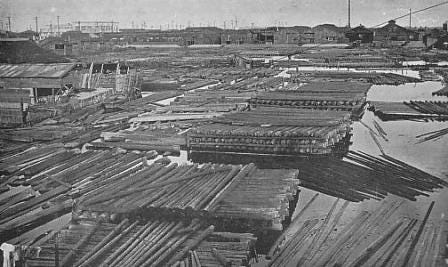
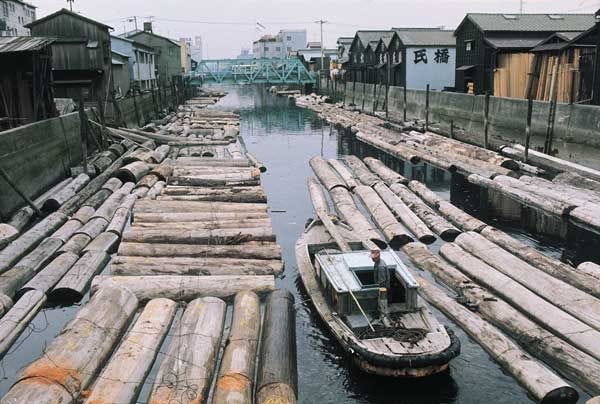
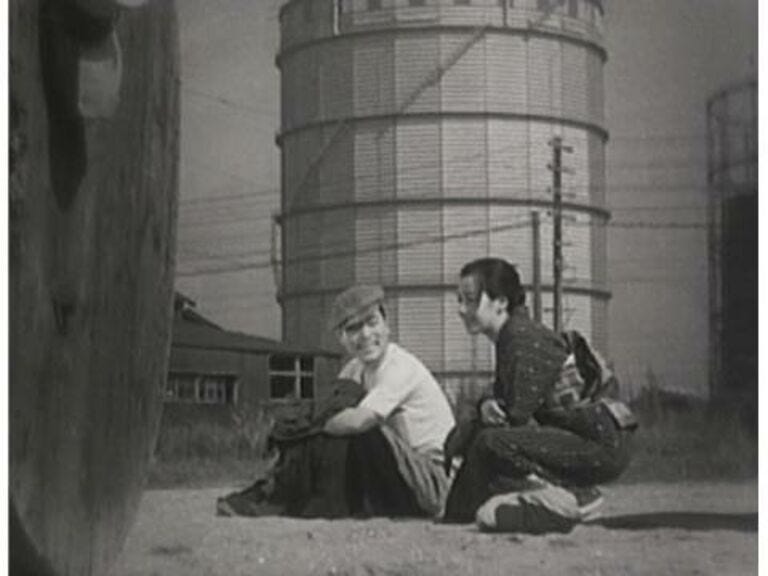

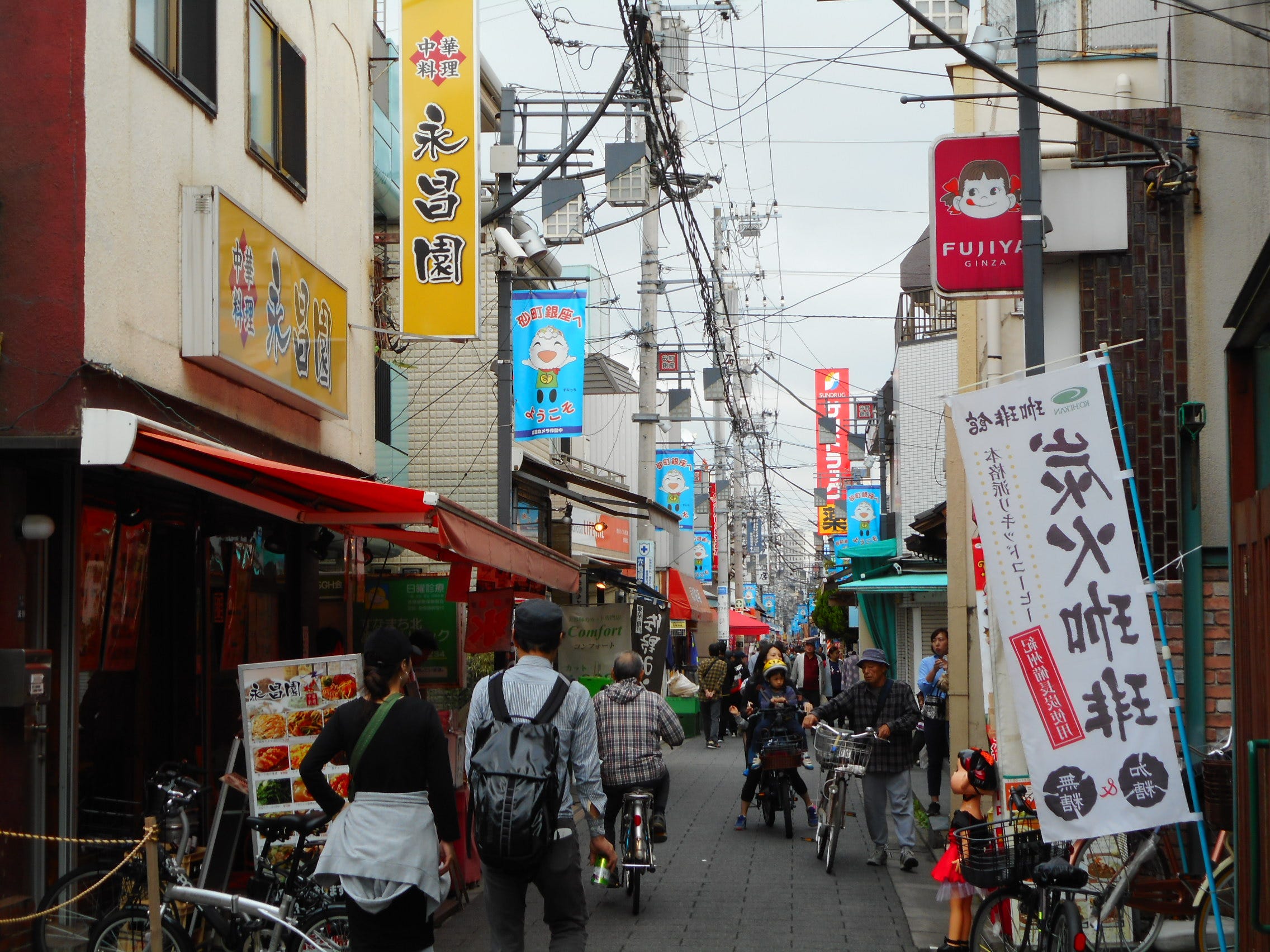
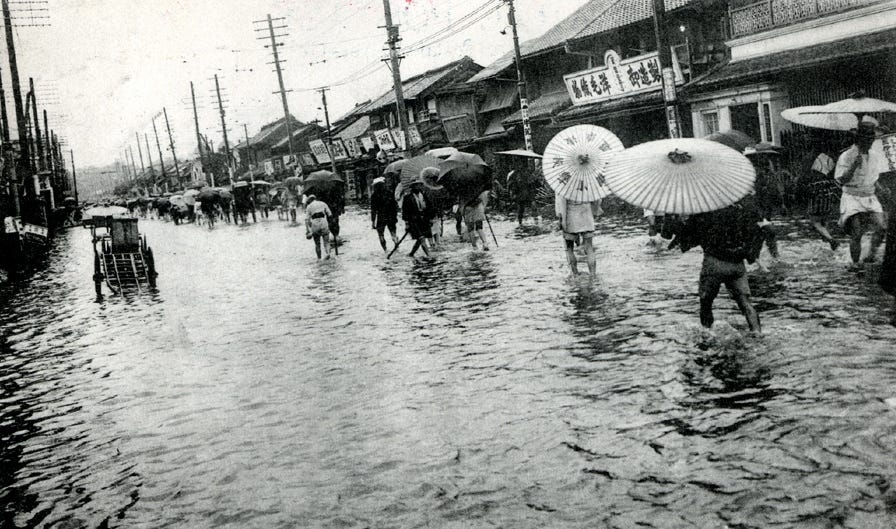

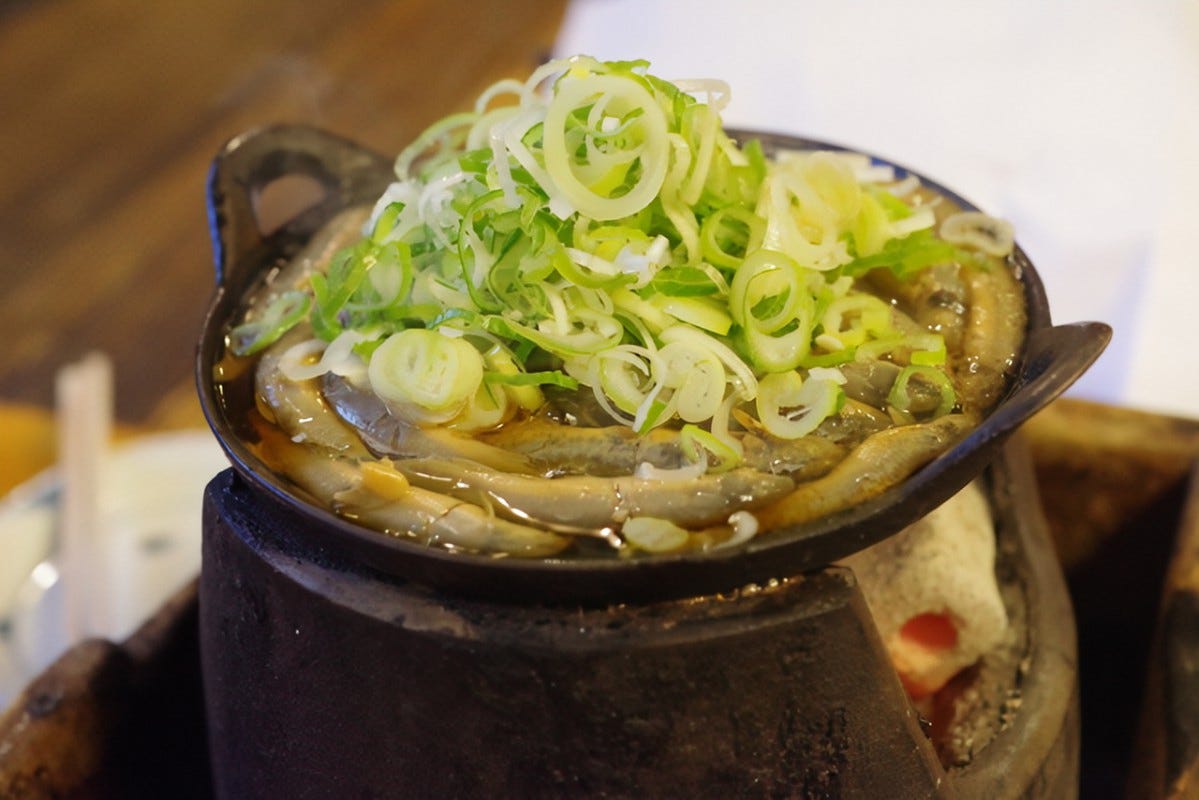
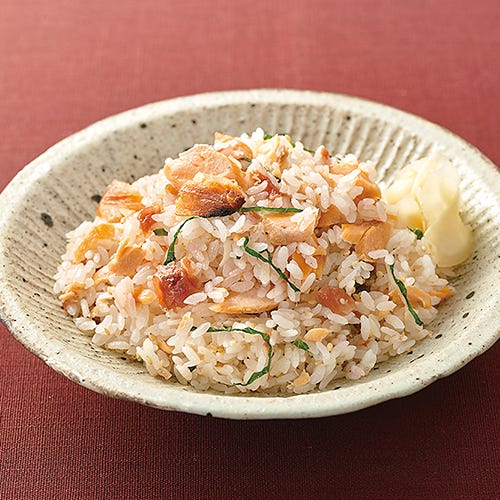


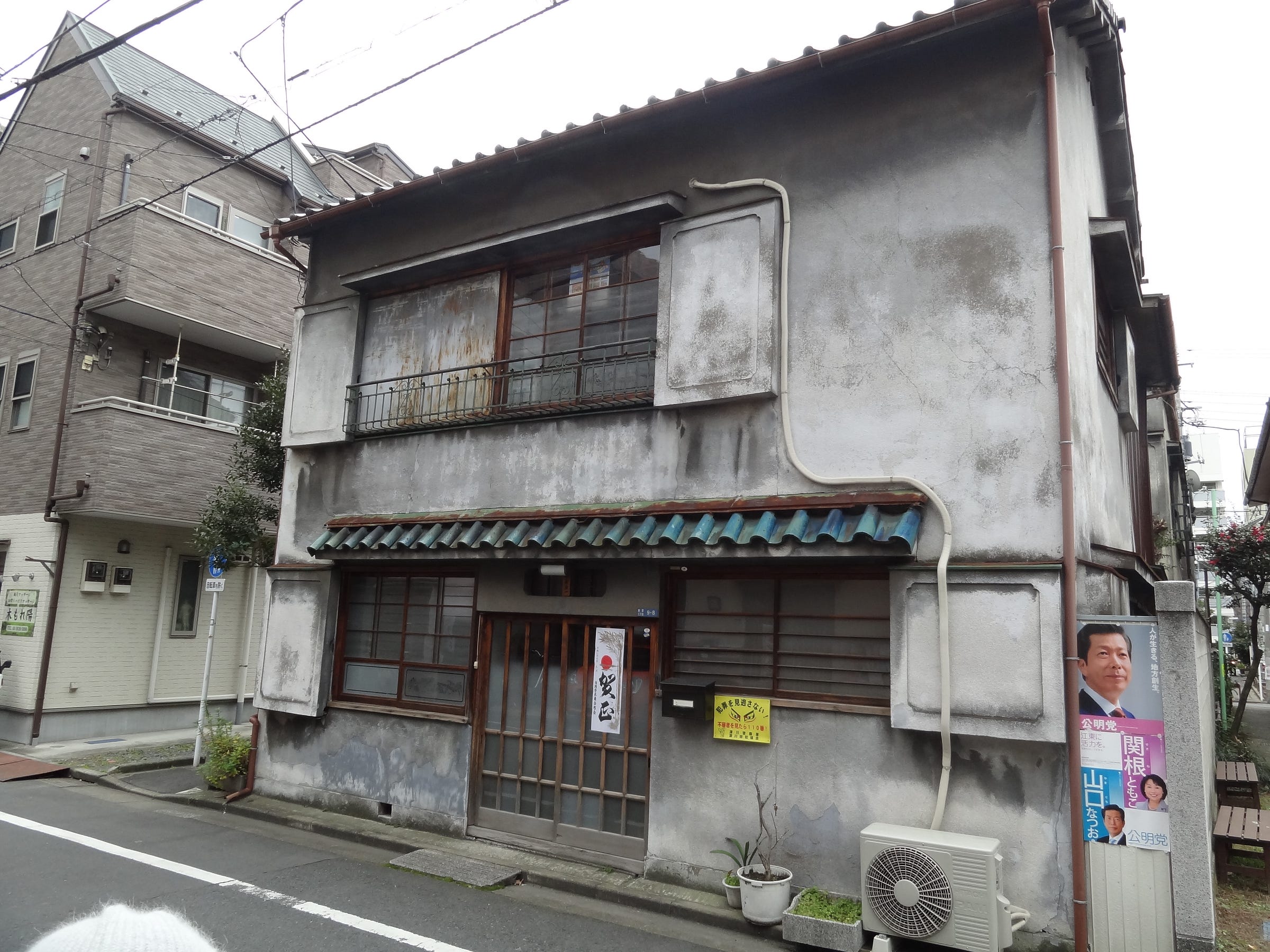
Great article. I am going through your archive and loving it.
My own Substack is about Japanese Budo, maybe we can find even more common ground in all things Japanese? budojourneyman.substack.com
These are great articles with good insights about Japan. I have only seen ONE of those top 100 films...but i have watched it 81 times! hehe... jodan desu.